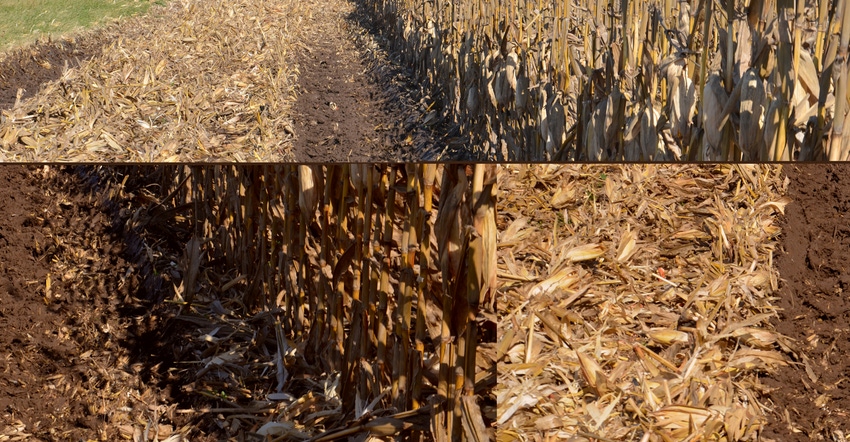November 29, 2018

By Don Donovan
Harvest 2018 was a struggle for most. Instead of a string of beautiful fall days, dry fields and mature crops, it was a hit-and-miss harvest. Soybeans took longer to mature and dry to harvest moisture levels. About the time they finally were ready, rains came and cutting beans became a challenge. Until mid-October, it seemed like there never were two good days in a row to cut beans.
Corn harvest also was a challenge if you didn’t hit the early harvest window. Wet spots led to fields being rutted, combines getting hung up and the worst areas left for another day.�
Early November rains across the state led to even more delays. While there isn’t much a farmer can do about the rain, there are ways to build soil structure and improve soil health, which lead to better infiltration in those falls when rains come. The result is better harvest conditions.
I received a message from a long-term no-till and cover crop farmer a couple of days after a rain. “We can run today, and our neighbors who did tillage cannot, and we’re hardly making tracks.” Why can a combine run in one field and not cause damage and in the neighboring field, it can’t operate at all? Both fields are the same soil type and received the same amount of rain.
Soil health factor
There has been lots of discussion about the benefits of improved soil health, but fall harvest benefits haven’t been discussed much lately. This is probably because most years, harvest goes well, and soil moisture levels allow almost continuous operation.
It’s only during that once every 10 years or so — when we have a wet fall, harvest slows down, beans are cut in November, and Mud Hogs and tracks are installed on combines — that we think about the benefits of improved soil structure during harvest.
When soil structure improves due to long term no-till and cover crops, increased aggregation is vital in allowing equipment to harvest with much less damage to the soil surface. The second benefit is the vastly decreased time of recovery. Most farmers try to use tillage to level up ruts as soon as field conditions allow. While the field looks better and is level across the soil surface, the real damage is below the surface, where combine tires bottomed out and caused soil compaction.
Generally, tillage does very little to solve long-term impacts of rutting, and it often takes several freeze-thaw cycles to break up soil compaction. Soils that have improved aggregation under a soil health management system hold up better to harvest equipment and tend to return to a healthier state more quickly than tilled soils, with less long-term impact.
Consider using cover crop roots to break soil compaction instead of steel. There are many advantages to using a never-till and cover crop system. When untimely rains make harvest a challenge, healthy soils provide a better platform for harvest and reduce the long-term impacts of harvesting in wet soil conditions.
Donovan is a district conservationist with the Natural Resources Conservation Service. He writes on behalf of the Indiana Conservation Partnership.
You May Also Like




